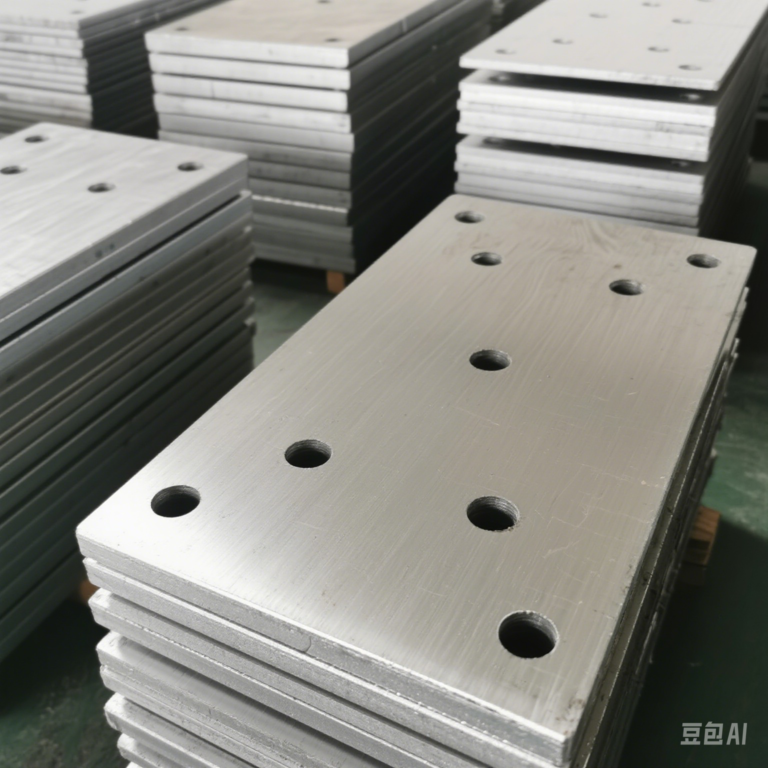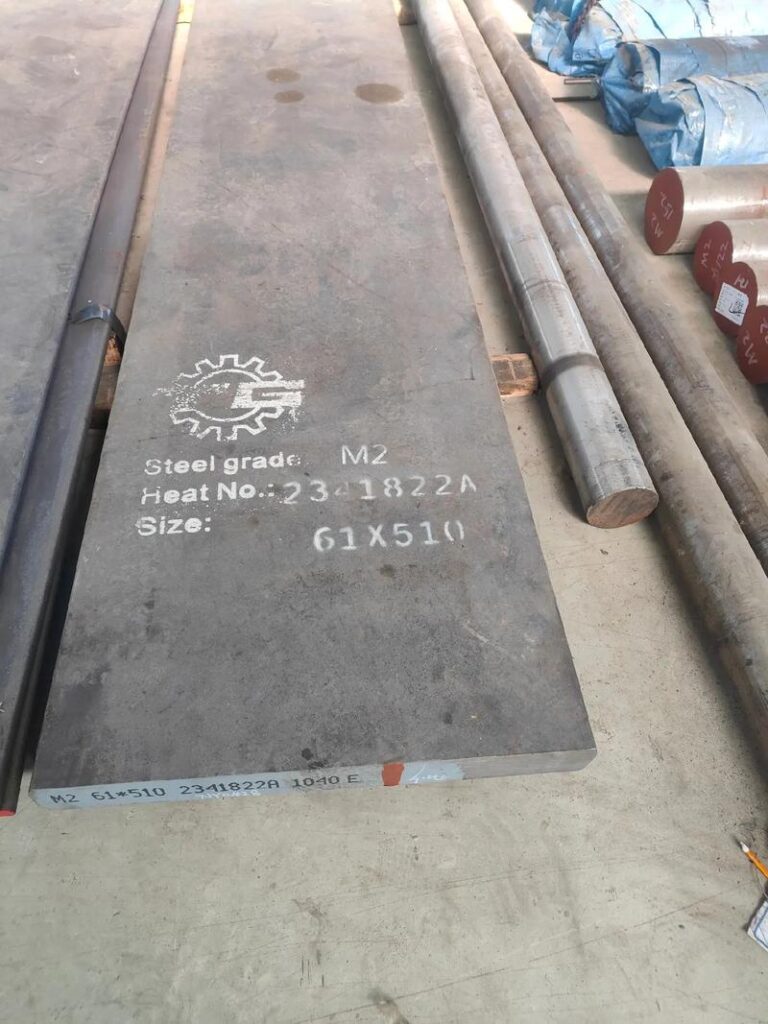Chemical Composition
- Carbon (C):Generally, it is between 0.36% – 0.45%. This content ensures a balance between the hardness and toughness of the steel, endowing S136 mold steel with good processability and service life.
- Silicon (Si):The content is usually 0.80% – 1.2%. Silicon can improve the thermal stability and corrosion resistance of the steel, ensuring its performance remains stable under different working temperatures and environments.
- Manganese (Mn):The content is about 0.2% – 0.5%. It can enhance the strength and toughness of the steel.
- Chromium (Cr):The content is between 12.50% – 14.00%. Chromium is the key element that gives S136 excellent corrosion resistance and wear resistance. It can form a dense oxide film on the surface of the steel to effectively resist the erosion of external corrosive media.
- Molybdenum (Mo):The content is around 0.4% – 0.6%. Molybdenum can improve the strength and toughness of the steel and further enhance its wear – resistance.
- Phosphorus (P):The content needs to be controlled to no more than 0.03%. Excessive phosphorus content will reduce the toughness and machinability of the steel.
- Sulfur (S):It also needs to be controlled to no more than 0.03%. Too much sulfur content will increase the hot brittleness of the steel, affecting its processability and performance.
Performance Introduction
- Corrosion Resistance:S136 steel has excellent corrosion resistance. It can be used in a humid environment for a long time without rusting and can resist the corrosion of water vapor, weak organic acids, nitrates, carbonates, etc. It is especially suitable for manufacturing molds that use corrosive PVC acetate – type injection – molding raw materials or need to work and be stored in a humid environment.
- Wear Resistance:The wear – resistance of this steel is outstanding. Even when using injection – molding materials with large friction or when the mold is required to have a long working time, it can maintain the shape and size of the mold stable, reduce damage caused by wear, and extend the service life of the mold. For example, it is used in the manufacturing of molds for electronic parts, disposable tableware knives, utensils, etc.












